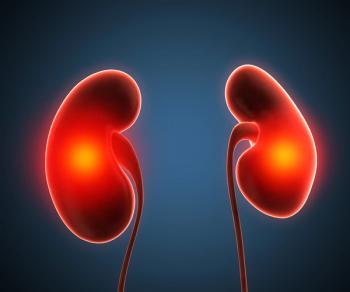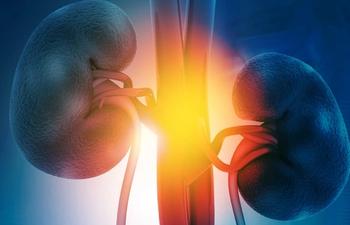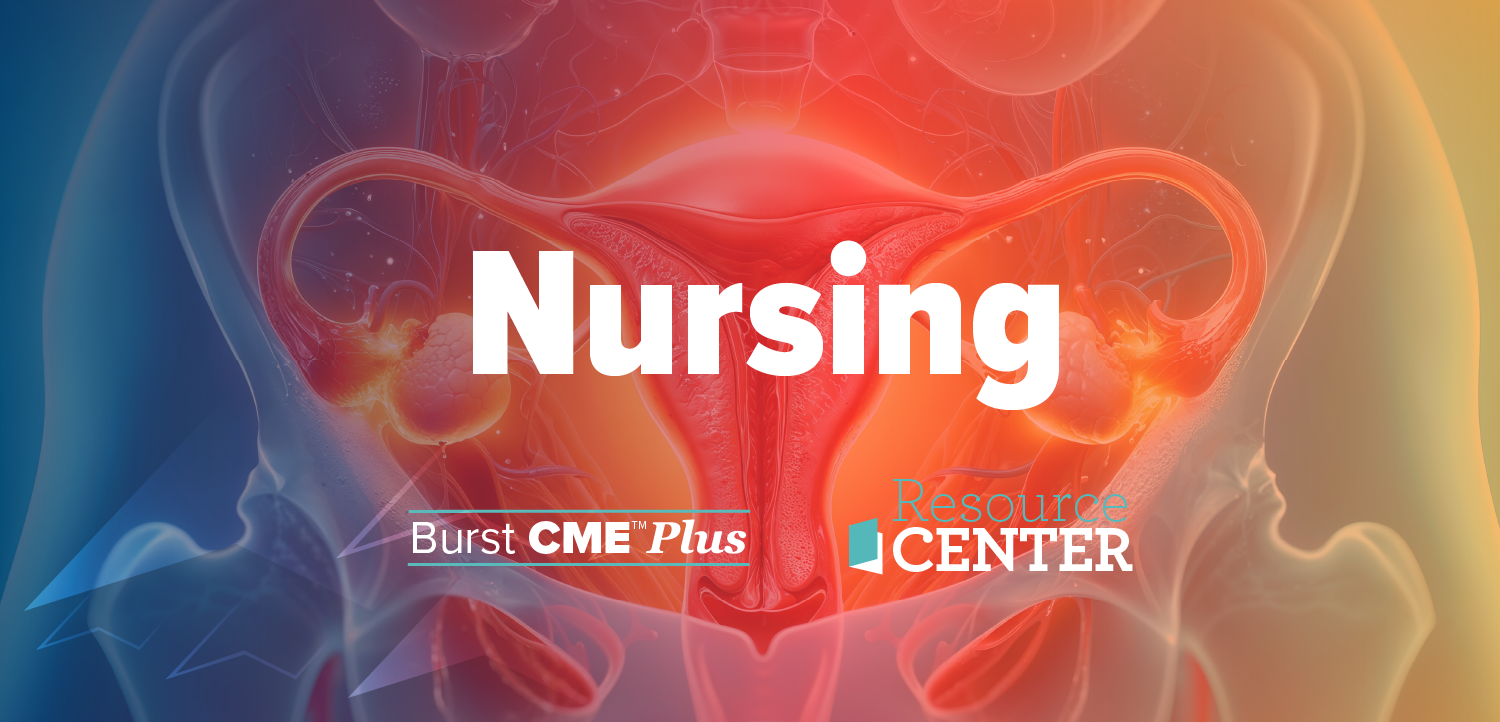
Patient and Tumor Features Predicted RCC Outcomes Post Nephrectomy
Routinely available patient and tumor features accurately predicted the risk progression and death from RCC post nephrectomy, a Mayo Clinic team found.
Researchers have identified routinely available patient and tumor features that accurately predicted the likelihood of progression and death from renal cell carcinoma (RCC) after either partial or radical nephrectomy.
According to the retrospective
The study included 3,633 RCC patients included in the Mayo Clinic Nephrectomy registry from 1980 to 2010. The patients had clear cell RCC (75%), papillary RCC (17%), or chromophobe RCC (6%). The study was conducted to generate prognostic models for progression and death that accounted for all major histologic subtypes, and to make these models easy to use in the clinic.
“Our model does not rely on current AJCC [American Joint Committee on Cancer] staging, a purposeful choice in order to limit obsolescence as updated staging guidelines are put forth,” the researchers wrote in European Urology.
For clear cell disease with a median follow-up of about 10 years, 862 patients progressed and 1,554 patients died, including 635 deaths from RCC. Progression-free survival (PFS) was 74% at 5 years, 67% at 10 years, and 60% at 15 years. Cancer-specific survival was 84% at 5 years, 76% at 10 years, and 70% at 15 years. Features linked with time to progression included constitutional symptoms, grade, coagulative necrosis, sarcomatoid differentiation, presence of fat invasion, tumor thrombus level, tumor extension beyond the kidney, and presence of regional lymph node involvement.
For papillary disease, with a median follow-up of about 10 years, 66 patients progressed and 307 died, 45 of RCC. PFS rates were 91% at 5 years, 88% at 10 years, and 86% at 15 years. Cancer-specific survival was 95% at 5 years, 92% at 10 years, and 90% at 15 years. Time to progression was associated with grade, presence of fat invasion, and tumor thrombus level.
In chromophobe disease, with a median follow-up of about 9 years, 35 patients progressed and 94 died, 22 from RCC. PFS was 87% at 5 years, 82% at 10 years, and 77% at 15 years. Cancer-specific survival was 93%, 89%, and 88% at 5, 10, and 15 years, respectively. Features linked with progression in chromophobe disease included presence of sarcomatoid differentiation, perinephric or renal sinus fat invasion, and nodal involvement.
The C-indexes were 0.83, 0.77, and 0.78, for clear cell, papillary, and chromophobe, respectively. For cancer-specific survival, the C-indexes were 0.86 and 0.83 for clear cell and papillary carcinoma, respectively. Leibovich and colleagues were not able to assess a multivariable model for chromophobe RCC because there was an insufficient number of deaths from this subtype.
Using this information, the researchers developed a risk stratification system for each subtype.
“The scoring systems to predict progression and death from RCC among patients with clear cell RCC achieved higher C-indexes compared with our previously published PFS score (0.83 vs 0.82, P = .079) and Stage, Size, Grade, and Necrosis (SSIGN) score (0.86 vs 0.84, P = .002),” the researchers wrote.
“These models performed well, with excellent discrimination, and retained their ability to stratify patients by outcomes after accounting for the competing risk of death without progression or death from non-RCC causes.”
The researchers noted that they plan to turn these models into online tools that “will provide important prognostication for routine clinical use and in designing future studies among patients with RCC.”
Newsletter
Stay up to date on recent advances in the multidisciplinary approach to cancer.


















































































